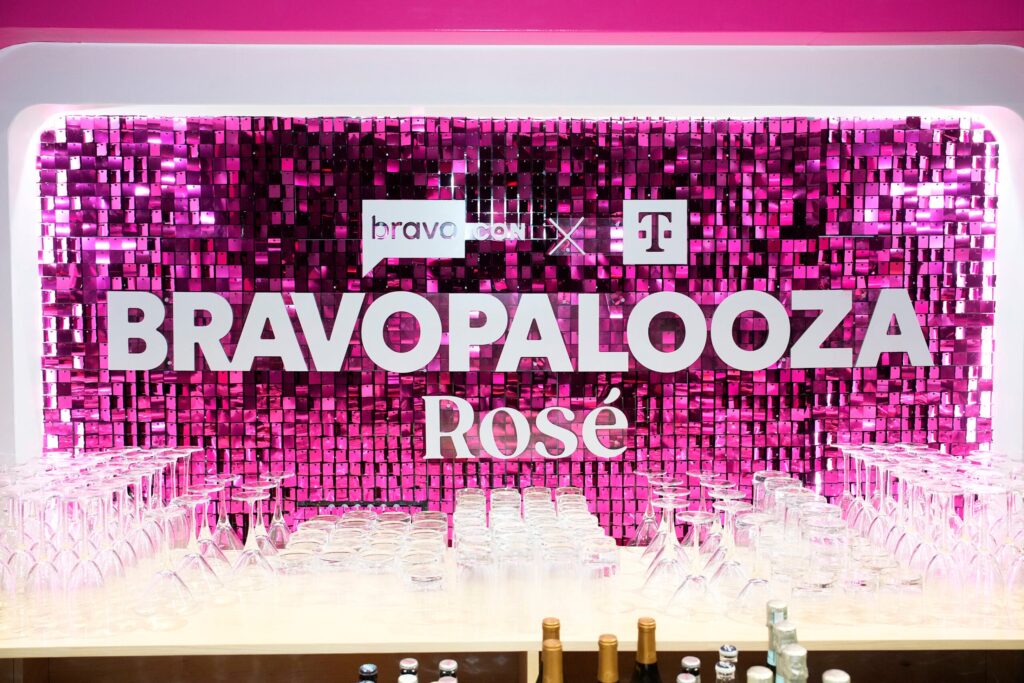In 1998, MetLife began a pilot direct response sales program to market auto insurance to the California market. The objective was to build a profitable direct response channel– one that would ultimately help the brand expand into new markets with a variety of products. MetLife decided that the winning branded direct response positioning would combine “brand plus savings.” The thinking: Brand plus low prices beats low prices alone. Brand gets you considered and compared; low prices ultimately close the sale.
So how did the MetLife brand look? MetLife is the largest U.S. life insurer, by a wide margin. It is the number-one provider of property and casualty insurance (P&C) products in the workplace. In the marketplace, MetLife is widely recognized by its use of “Peanuts” cartoon character “Snoopy” as a mascot, one that gives the company a certain approachability, and the high-flying MetLife blimps. But MetLife at the time was not known for auto insurance – even after 30 years in the auto business and with more than 1 million auto policyholders to its name.
MetLife’s challenge was to build a direct mail program on the back of a successful brand while considering the needs of the company’s many constituencies. The stakeholders included 10,000 agents in the field, corporate marketing and advertising (including the “brand police”), and United Features Syndicate, the owners of “Peanuts” and Snoopy. So while the direct mail program was meant to support profitable growth, it also had to support sales within MetLife Auto & Homes’ retail distribution systems while partnering with other MetLife affiliates. In short, it had to integrate direct response marketing with a large agency force in a market where others were trying to do the same–and failing.
When it integrated marketing disciplines in 2000, MetLife allowed for its direct response program to do several important things:
- use the same retail rates as agents
- offer new customers the convenience of a local agent to service their policies
- provide prequalified lists to agents
- generate life and annuity leads.
-
This new “culture of discipline” created an atmosphere of integrated marketing, whereby mail, leads, service, and sales combined to create steady sales growth.
In recent years, television advertising has been added to the mix, serving to further lift the response rates of ongoing direct mail campaigns. At the end of the day the results—20% annual growth–speak for themselves.
This article is based on a presentation by Anthony D’Errico and John Hoey at JCG Conferences Ltd.’s Insurance Direct Marketing Forum 2005: “The Ways and the Means of Direct to Consumer Programs.” D’Errico is assistant vice president, integrated marketing for MetLife Auto & Home. John Hoey is president of The Peter Group, a direct marketing agency.



